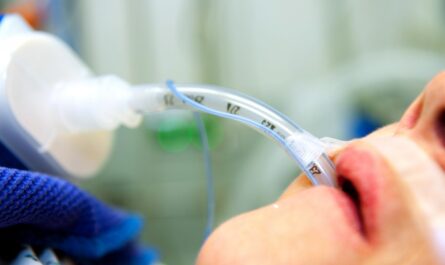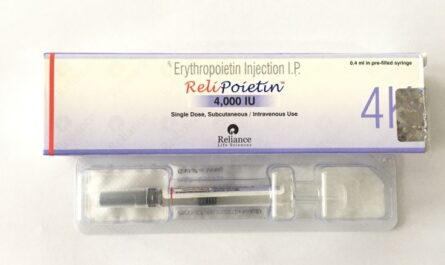Types of Medical Implant Sterile Packaging
Medical implants sterile packaging come in a variety of shapes and sizes to replace or repair different parts of the body. Due to their use inside the human body, it is crucial that implants remain sterile from manufacturing to use in surgery. There are a few main types of packaging used to ensure implant sterility.
Pouches and Bags
Single-use plastic or foil pouches are a common primary package for small implants like screws, plates, and wires. These lightweight packages allow for low-profile packaging of irregularly shaped items. Pouches are often made from materials like plastic, paper, Tyvek, or foil that provide a bacterial barrier. Some advanced pouch designs include peels or lidding to simplify opening in the operating room without compromising the sterile field.
Trays and Containers
Rigid plastic or stainless steel trays are used for organizing and containing multiple components or larger implant systems. Trays provide structure and dividing walls to prevent scratches or damage during shipping. Clear viewing windows may be incorporated to check contents without opening the package. Containers with tightly sealed lids help protect against particulate ingress and are ideal for complex assembled sets.
Outer Wraps and Barriers
Secondary packaging like peel-pouches or breathable wraps add an additional sterile barrier and allow for labeling. Tyvek or paper wraps provide moisture and particulate protection during transportation and storage. Some wraps can be printed with instructions or used checklists. Outer plastic or foil barriers create a completely sealed system impervious to liquids and microbes.
Quality Assurance in Implant Packaging
Regardless of the type of package, several key factors must be addressed to ensure packaging maintains sterility. Proper material selection, package design, and quality controls are vital throughout the packaging process.
Material Selection
The materials used to manufacture primary and secondary packages must themselves be sterile and prevent microbial ingress. Common packaging materials like plastic, foil, paper and nonwovens are chosen based on their barrier properties, strength, and biocompatibility. Any adhesive, ink or chemical additives used must not compromise the sterile condition.
Package Permeability Testing
Package designs undergo extensive testing to evaluate barrier effectiveness. Tests measure package permeability to particulates, gasses and liquids that could carry microbes. Standard tests include bubble emission, vaping, dye penetration and seal integrity checks. Packages must pass tests under accelerated aging conditions to certify their ability to maintain sterility over the labeled shelf life.
Sterilization Processing
To kill any microbes which may be present, 100% of finished medical implant sterile packaging undergo a sterilization process before distribution. The two most common sterilants used are gamma irradiation and ethylene oxide gas. Sterilization parameters like dose, temperature and humidity are precisely controlled. Sterility is then confirmed using biological indicators which incubate sample packages.
Environmental Monitoring
Manufacturing cleanrooms and packaging areas have strict control of environmental conditions like temperature, humidity and microbial bioburden. Continuous particle and microbiological air sampling occurs to swiftly detect any issues. Periodic sampling of personnel, equipment and surfaces also assesses sterility assurance levels are maintained.
Package Integrity Testing
100% of medical implant sterile packaging are visually and/or electrically inspected for defects before sterilization and shipping. Any sign of missing seals, holes, particulate deposits etc will cause package rejection. Additional testing during distribution likewise checks package condition remains intact. Regular auditing ensures packaging quality standards are upheld.
Surgical Prep and Opening
In the operating room, final inside and outside surface disinfection of the packaged implant occurs before opening. Peel pouches and other designs support aseptic presentation of contents directly onto the sterile field. Proper technique when opening and using the implant maintains sterility and prevents contamination risks.
Importance of Implant Packaging Standards
With the vulnerability of patients undergoing implant surgeries, the FDA and ISO have stringent regulations governing medical implant sterile packaging. Standards cover material biocompatibility, barrier properties, sterilization validation and process control. Regular audits evaluate packaging design control and quality system effectiveness. Compliance demonstrates a manufacturer’s commitment to patient safety from packaging through clinical application. By maintaining the sterility of implants through careful production and distribution practices, healthcare providers can feel confident their packaged devices are ready for Surgery.
Conclusion
As medical technology has advanced, so too has our ability to package implants and devices for sterility. Through rigorous control of package materials, design features, manufacturing processes and quality assurance, today’s implant manufacturers provide surgeons with dependable systems to receive, store and use implants with full sterile integrity. Compliance with recognized standards helps optimize both the protection of sensitive implants and safety for the patients who receive them. With continual improvements in packaging technology, more innovative implant solutions can reach more patients in need.




